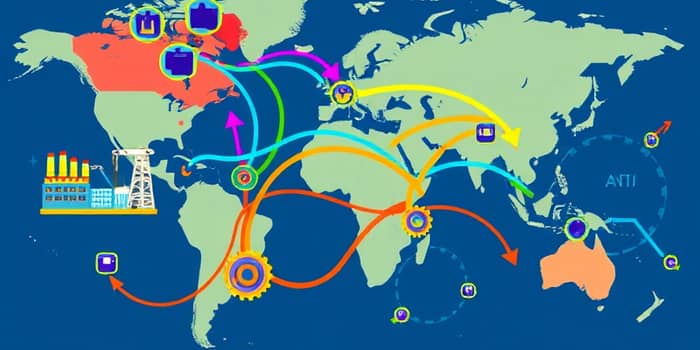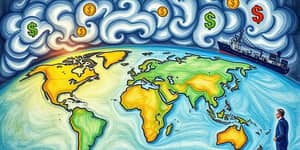
The global supply chain is undergoing a profound transformation driven by geopolitical shifts, cost pressures, and technological innovation. Companies that adapt quickly are reaping rewards, while those clinging to old models face serious setbacks.
In this article, we explore the major forces reshaping global logistics and identify the clear winners and losers in today’s evolving landscape.
Over the past decade, supply chains have experienced persistent supply chain disruptions that erode profitability and test resilience. Recent analysis shows that major shocks lasting more than a month now occur every 3.7 years on average, threatening firms with losses of up to 45% of annual profit over ten years.
Political frictions and tariff increases have accelerated a shift away from China. The U.S.–China trade war imposed tariffs exceeding 130% on electric vehicles and 50% on semiconductors, pushing companies to seek alternatives closer to key markets.
As a result, global logistics spending in the U.S. reached $2.58 trillion in 2025, about 8.8% of GDP, while the worldwide logistics market is projected to grow at a 7.2% CAGR to $5.95 trillion by 2030.
The redistribution of manufacturing and sourcing has created distinct regional advantages and disadvantages. While China retains strength in raw materials, it faces declining market share in finished goods.
Meanwhile, the United States sees mixed outcomes. Nearshoring boosts domestic integration, but consumers face short-term price increases and supply shortages as networks realign.
Each industry segment experiences the reshuffle differently, driven by tariff regimes, technology demand, and resource distribution.
Ocean freight rates between Asia and the U.S. have nearly doubled, while U.S. warehousing vacancies sit at 6.7%, fueling investment in automation and smart facilities.
Success in this environment depends on strategy and execution. Leading companies share several traits:
By contrast, laggards exhibit common pitfalls:
Understanding the quantitative landscape is vital for strategic decision-making. Consider these critical metrics:
In the near term, consumers may endure higher prices and product delays as companies absorb reconfiguration costs. However, over the long run, diverse and resilient supply networks promise greater reliability, improved product quality, and reduced systemic risk.
Looking ahead, several factors will influence the next phase of the supply chain reshuffle:
The current supply chain transformation marks a decisive break from past models. Companies that embrace strategic diversification and digital innovation are positioned to become tomorrow’s industry leaders, while those that resist change risk falling behind.
As the gears of global trade continue to realign, the winners will be those who combine foresight, technological prowess, and agile execution to navigate an ever-changing landscape.
References













